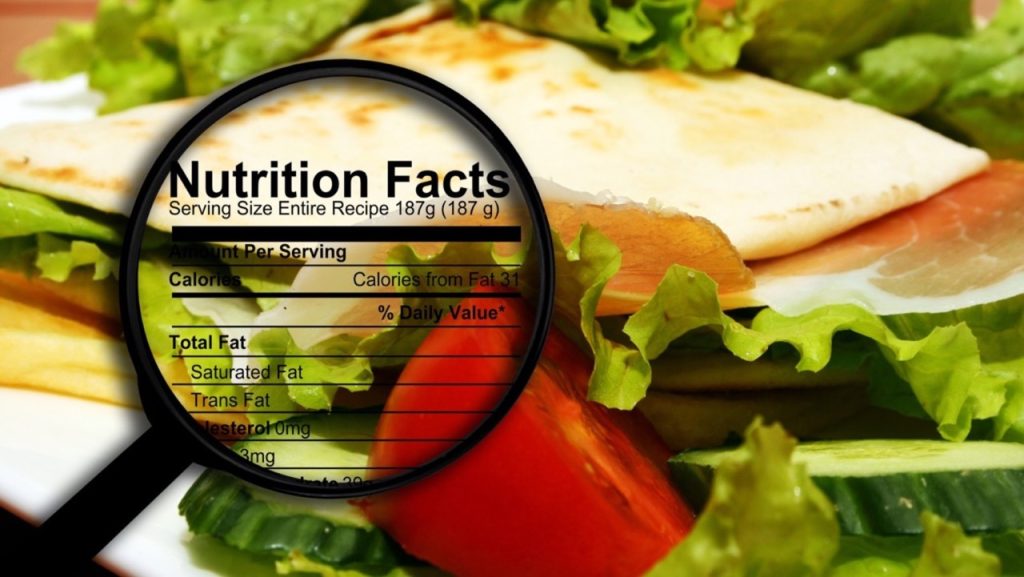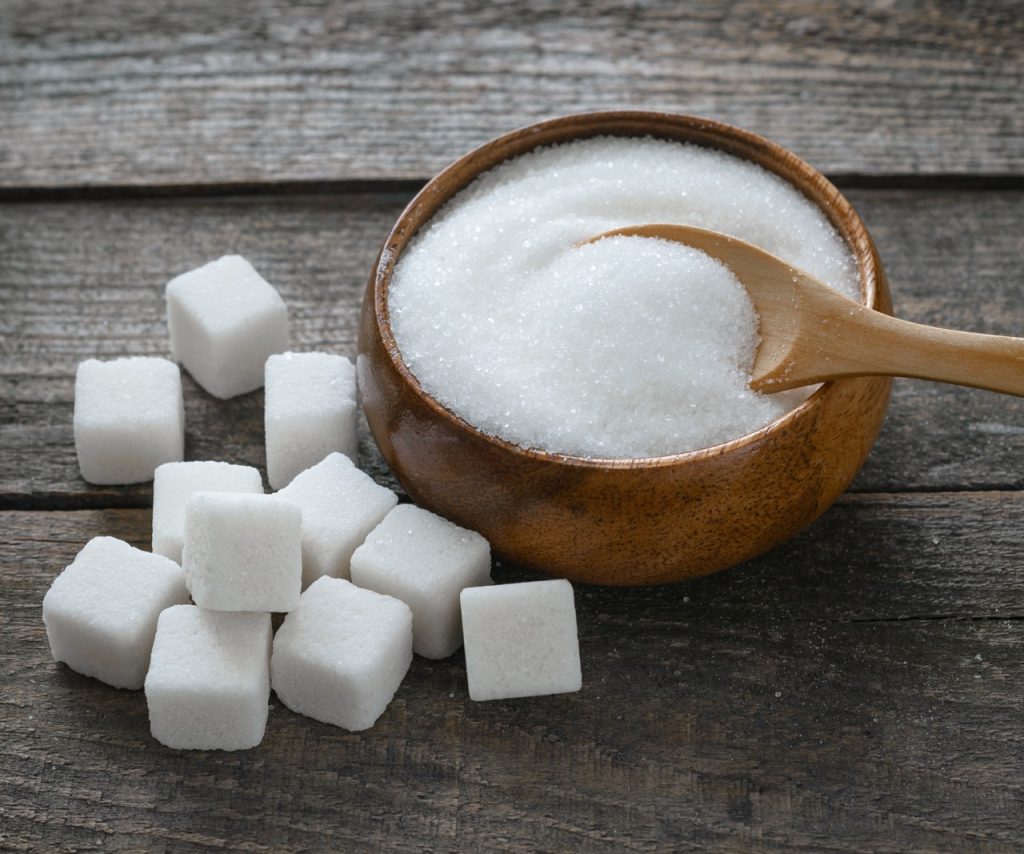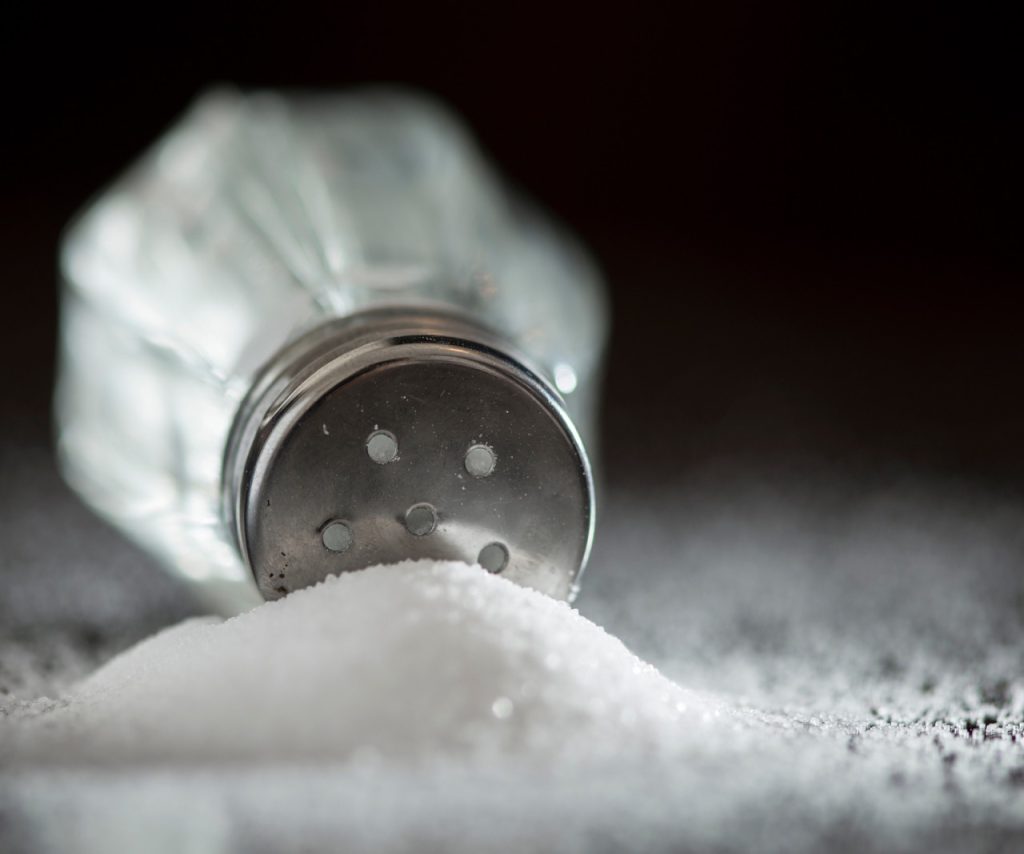Food labels can be confusing. Manufacturers try to cram as much information as possible into a small space to follow government regulations and to hopefully encourage you to buy their product. The part of the label with the nutrition information and ingredients can be more straightforward and easier to figure out, especially for more whole (less processed) foods. Then there are all the other parts of a food label that can be a little bit harder to understand. And when you’re trying to learn as much as you can about the foods you’re buying and eating so you can fuel your body with the most nutritious foods possible, it’s crucial to grasp everything that label is telling you. Knowledge is power, right?! So, let’s learn together!
Common Claims on Food Labels

Like we said, food labels can be loaded with so much information. Some is easy to understand, some…not so much. In order to make you a food label wiz, here are some common things you might find on food labels as well as the government regulations food manufacturers have to follow to include these things on their labels. You can learn more about each of these claims by clicking on the provided links.
- Low Fat: 3 grams or less of fat (100 gram total serving) for main dishes and meals OR 3 grams or less for other foods.
- Reduced Calorie, Fat, Sugar, or Sodium: Must contain 25% less calories, fat, sugar, or sodium than the “regular” version of that food.
- Fat Free: Less than 0.5 grams of fat per serving.
- Low Sodium: 140 mg of sodium or less per serving.
- Sugar-Free: Less than 0.5 grams of sugar per serving, contains no ingredients that are considered a sugar or contain sugar.
- No Added Sugars / Without Added Sugars: No sugars or sugar-containing ingredients have been added during the manufacturing process.
- Calorie-Free: Less than 5 calories per serving.
- Low Calorie: 120 calories or less (100 gram serving) for main dishes and complete meals OR 40 calories or less for other types of foods.
- Organic: A food can be labeled as organic if it’s been grown in soil that hasn’t been treated with any prohibited substances for 3 years.
- Gluten-Free: Contains less than 20 parts per million of gluten.
Other Helpful Label Information
Sometimes, you’ll look at the ingredients list on a food label and wonder what all those frequently hard-to-pronounce names mean, so here are some additional things to look for in ingredient lists where sugar and sodium are concerned.
Sugar

Sugar can go by many names, and it can definitely get confusing, so here are some “names” for sugar you might not be aware of so that unwanted sugar isn’t sneaking into your meal plan:
- Corn sweetener
- High-fructose corn syrup
- Corn syrup
- Dextrose
- Fructose
- Glucose
- Lactose
- Maltose
- Sucrose
Artificial Sweeteners

Artificial sweeteners carry a zero calorie impact but also have zero health benefits, and some can even cause health issues for some people when ingested in large quantities. Artificial sweeteners are many times sweeter than sugar, meaning you need a smaller amount to achieve the level of sweetness you’re aiming for. Here are the most common artificial sweeteners you might see on a food label as well as their branded names:
- Saccharin (Sweet ’N Low, Sweet Twin, Necta Sweet))
- Sucralose (Splenda)
- Aspartame (Equal and Nutrasweet)
- Acesulfame K (Sunett and Sweet One)
- Advantame
- Aspartame-Acesulfame Salt (Twinsweet)
- Neotame (Newtame)
Sugar Substitutes

While sugar substitutes can be 0 to low calorie and can offer some health benefits, some can also cause digestive issues for some people. Here is a list of commonly used sugar substitutes, and you can learn more about them here.
- Sugar alcohols: Erythritol, Maltitol, Sorbitol, or Xylitol
- Stevia
- Allulose
Here are some other ingredients you might see on a label that are also considered sugar but are all-natural and can also provide some health benefits. Keep in mind that these options are not generally low in calories, but with their health benefits and because they are all-natural, they can be solid options to replace sugar, which carries calories and zero health benefits.
- Monk Fruit
- Honey
- Applesauce + Other Fruit Purees
- Molasses
- Dates
- Yacon Syrup
- Maple Syrup
Sodium

Understanding what’s considered sodium in foods can be tricky as the names sometimes don’t include “sodium” or “salt.” So, when you see the following in an ingredient list, know that these are other versions of sodium:
- Soy sauce
- Monosodium Glutamate
- Brine
- Sodium Alginate
- Disodium Phosphate
- Sodium Bisulfate
- Sodium Benzoate
One last thing…If anyone you’ll be preparing food for has any food-related allergies or diseases, it’s always a good idea to look at the entire food label before buying a food, even if you think that food shouldn’t contain anything that could affect them negatively. Here are two examples:

- Food allergies: Common food allergies (wheat, soy, dairy, etc.) can be listed plainly in the ingredient list or they might be listed in a form that you’re not familiar with, especially if you don’t have any allergies to common foods. Many manufacturers will include some verbiage underneath the ingredients list naming common food allergens, and it can look something like this: “Contains: Wheat, soy, and dairy,” making it easier to understand what’s in the food you’re buying.
- Food-Related Diseases: Let’s say you’re having someone over for dinner who has a food-related disease, and we’ll use Celiac Disease as an example. Of course, you want to make sure the food you’re preparing will be okay for them to eat. Even if a food shouldn’t naturally contain any wheat, gluten, or barley—foods that those with Celiac cannot eat, some manufacturers process a variety of foods on the same equipment, which can cause cross-contamination to take place. So, in addition to looking for the verbiage we shared above to see if wheat is listed, look to see if other statements similar to these are included underneath the ingredient list so you’ll be confident that the food choices you’re making will be Celiac-friendly:
- “Processed in a facility that also processes products containing wheat.”
- “Manufactured on equipment used to process products containing wheat.”
Nutrition is 80% of achieving any transformation goal. Food labels contain a wealth of information, and when you spend a bit of time becoming more familiar with the labels on the foods you eat, you’ll become a food label pro, and you’ll be better equipped to make the best choices for your nutrition plan and for your transformation goals.

Why Choose The Transform App?
Transformation is a journey, not a destination. Let us be your guide. The Transform App offers you…..
- Customized Workouts
- Personalized Meal Plans
- Progress & Habit Trackers
- And more!
Whether you’re just getting started, or getting started again for the 10th (or 100th) time, the Transform App can fit into your overall transformation plan, giving you a complete plan of action as you progress towards your true self.


